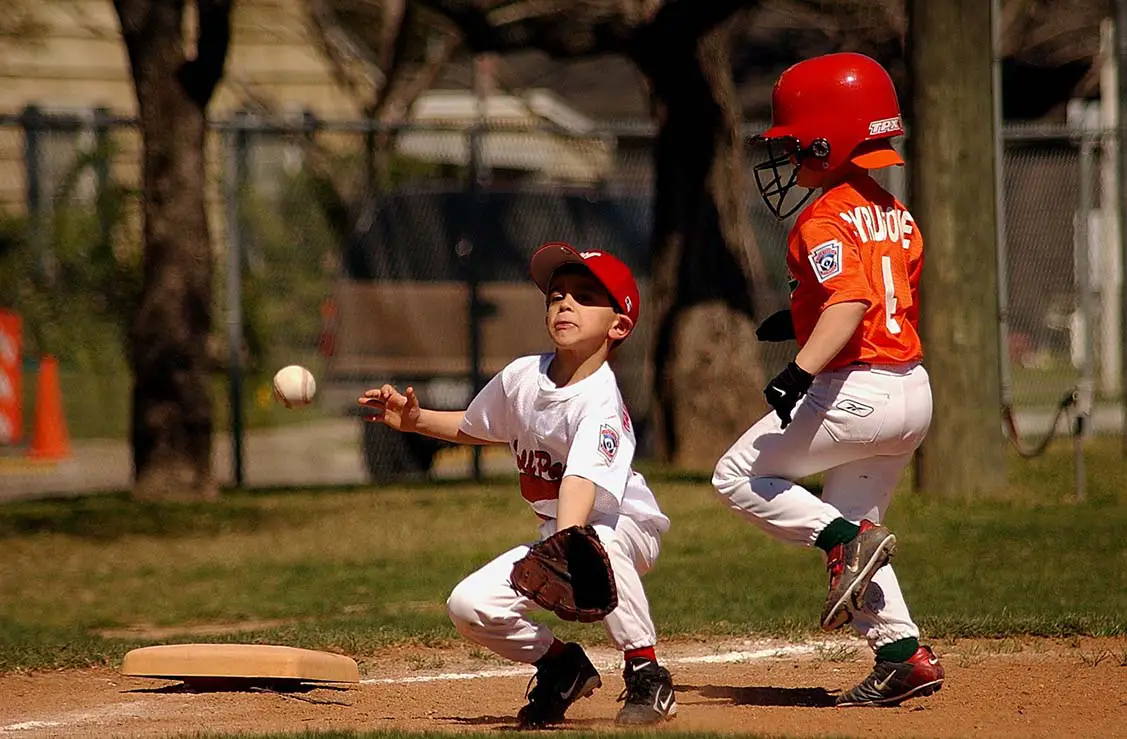When you’re watching baseball, you’ll probably focus on the batters or the outfielder running to catch a pop fly. While those are definitely fun to watch, if you’ve ever played baseball you will know that one of the most exciting positions in baseball is the First Baseman
Content Inside
The first base involves a lot of action as it is the closest to the hitter and pitcher. Being on first base requires lightning fast reflexes and an attention to detail.
You have to be on the lookout for a line drive from the batter and also have good field awareness to ensure you can route the ball to where it’s needed.
Apart from the basics of handling the ball with sound judgment, there are some skills that need to be a part of the first baseman’s skill set.
Essential First Basemen Skills:
The most crucial skill required to play the first baseman is the ability to catch the ball. A first baseman should be able to catch the ball from any direction or speed. Moreover, the player needs to be strong enough to resist the impact of the ball hit or thrown.
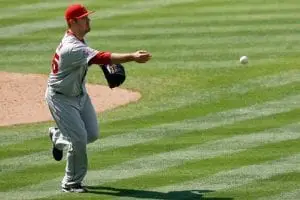
A player with good height, decent fielding skills, and hitting proficiency can also become a good first baseman.
Apart from the skills, you need to have good control over your body during the game. This can be accomplished with certain drills that can be included in your daily practice sessions.
Best First Basemen Drills:
There is a drill for every player in the game of baseball and they differ according to the player’s position and experience. Since speed isn’t as much of a focus for the first baseman, you should instead focus on other aspects like agility and footwork.
If the baseman is a beginner, they can practice beginner’s drills.
1. Hop drills:
This drill particularly focuses on the way the player catches the ball while keeping his or her leg on the bag. This drill involves two people the thrower/hitter and the first baseman. Here how the drill goes:
- The first baseman stands at the first base with his or her foot on the bag. And the thrower stands about 10-feet away from the first base.
- The drill will comprise 10 throws; 5 on the front-hand side and 5 on the backend side.
- The first baseman has to catch the ball while keeping the foot on the bag.
The distance can be increased gradually and once the thrower reaches a distance of 40-45 feet he or she can hit the ball with the bat.
To understand the hope drill, you can watch this video:
2. Footwork drill:
This drill is very important as footwork plays a vital role for a first baseman in the game. This drill can be done with the player and the coach or with two players.
In this drill, the player training for first baseman has to learn how to switch legs on the bag skillfully for different catches. Here’s how the drill goes.
- The player on the first base stands in an athletic position with one foot on the bag while the thrower stands at a considerable distance or the coach stands ready with a whistle.
- The first baseman has to change his foot according to the direction of the ball or the coach can set a pattern for the switches.
- For the first switch, the player has to change from left to right. For the right side switch, the player has to take left foot and place it the right corner of the bag while stretching his right foot and arm to catch the ball.
- For the center switch, the player has to bring his left foot at the center of the bag and stretch his right foot and arm to catch the ball.
- The left side switch is a bit different, here the player has to pivot the left foot and turn the body and bring your right foot in line with your left foot with arms stretched to reach for the ball.
To understand the drill, you can watch this video:
3. Relay Drill:
This drill is to prepare the first baseman for a real game situation. The drill will require more than at least 4-5 players. These players will be standing on different bases and positions infield. Here is how the drill goes.
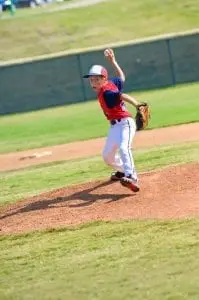
- The player on the home plate will throw the ball at any player on the base or positioned infield.
- The player receiving the ball has to throw the ball at the first baseman.
- The catcher will scream the number of the base the ball has to be thrown. The first baseman has to hold his gloves high for a target and on receiving the ball throw it at the mentioned base.
- If the catcher does not say a base number the baseman has to throw the ball at the catcher.
4. Holding the player:
The first baseman can change the game if he or she deploys some smart tactics while playing. One of the basic tactics is holding the runner. This trick helps the first baseman to out the runner by blocking him or her. Here is how the drill goes:
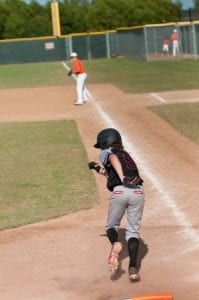
- The first baseman keeps the left foot on the bag and keeps the right leg stretched to catch the ball.
- Once the baseman gets the ball he or she touches the ball to the bag and throws it back to the catcher.
- In a second approach, the baseman has to stand facing the runner’s direction and on receiving the ball, the baseman puts his left foot on the bag and touches the ball to out the player.
These drills can help the first baseman to prepare for major games and tournaments. It is also important for the first baseman to have the right glove for the game as the infielder’s glove may not be able to resist the impact from the hitter.
Conclusion:
The first baseman is an important position in the game. Therefore, the player has to practice well in order to perform in the game. The above drills can help the player to enhance his or her abilities to fit in the role of the first baseman.
Got any other tips for first basemen? It’s a difficult position. But with quick flexes, rapid repetition of drills, and some in-game practice, you’ll be an excellent player at first base.
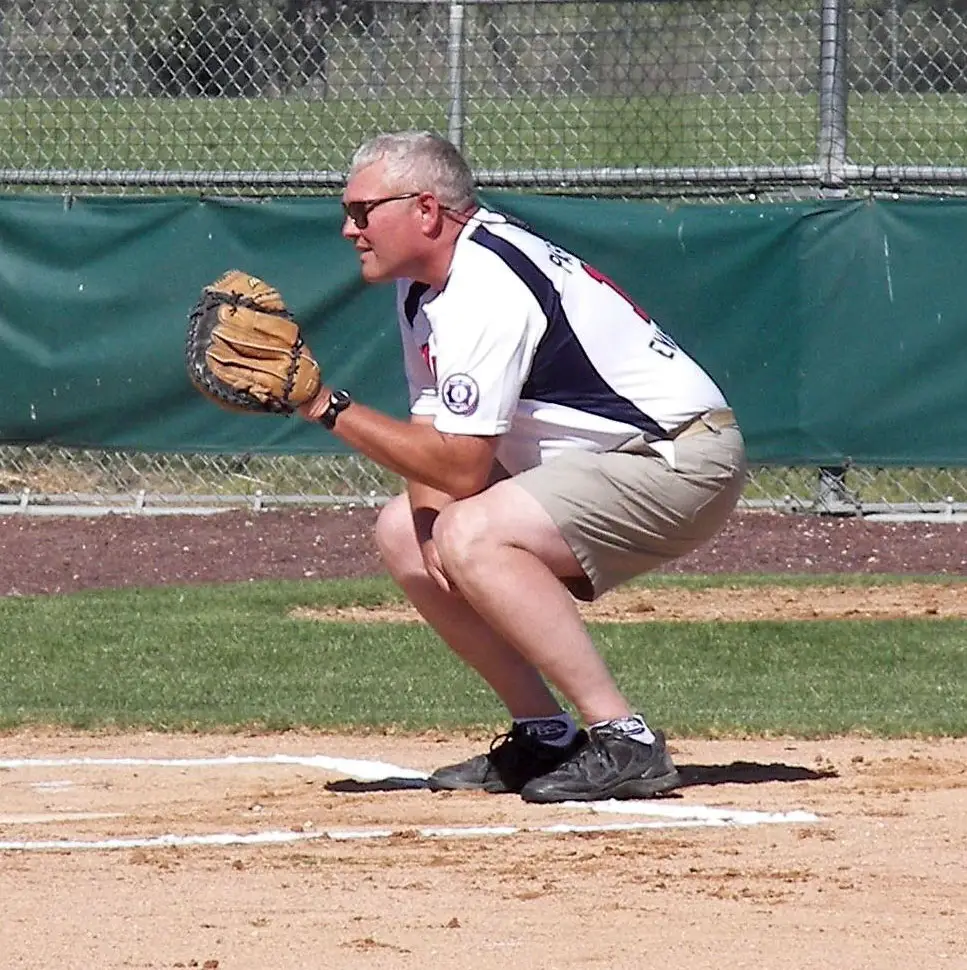
My name is David Farnum and I’ve been a Little League Coach in my community for the past 7 years. With 2 boys playing baseball and 1 girl playing softball, most weekends I can be found near a baseball diamond.
